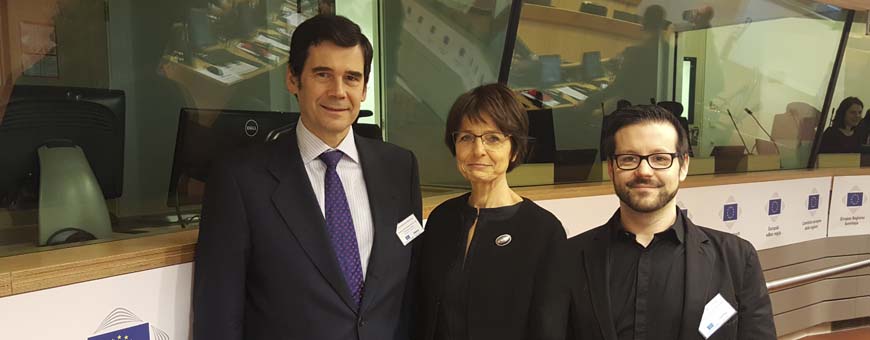“If you can make progress in Afghanistan, you can make progress anywhere – no more excuses.”
This is what the moderator and Sweden’s former Minister of Finance Anders Borg said while I was wiping away the tears streaming down my Macbook. This talk showed me the ability of the tech industry to somehow leverage some of that extreme wealth and influence for good. In this dark time we seem to be heading toward, it gave me hope for humanity.
In particular, a rapid-fire presentation given by Karim Khoja the CEO of Roshan telecom development company in Afghanistan was one of the most inspiring things I’ve ever witnessed (and I watch a lot of TED talks.)
Afghans have some of the worst odds of any people. It’s a country of 88 million people living under the gloom of war, starvation and a totalitarian regime. The average life expectancy is less than 61—until recently it was 42—and half of babies die before their first birthday.
Under these conditions Roshan, in unprecedented collaboration with its three telecom competitors, has kept networks up even in the the capital of Kabul which sees a bomb just about every day, so “emergency crews can get in and people can call their family and say ‘We’re OK’,” Khoja said. In fact, “We are the largest electricity generator in the world,” since it takes so much fuel and backup generators to keep the network up.
You might think that having access to your phone surrounded by so much peril would be a luxury, but digital inclusion in Afghanistan has been more like a lifeline for the 33 million people on the Roshan network.
Digital inclusion isn’t just about having access but having affordable access. “Before it was $12 per minute and now it is less than a cent to make a call anywhere in country.”
And it’s about understanding your customers and the culture they live in. Khoja said that people at first were angry when they were moved to mobile money because, with 70 percent of the country illiterate, people didn’t know they were paid because it was sent in an SMS they couldn’t read. However, once they improved how they explained mobile money, it turned out that police officers and teachers got like a “50 percent increase in pay because the money was going to the bank to the chief of police” and down the chain of corruption meaning that before they were banked, these state employees were getting paid only half of what they deserved and three months later.
Roshan isn’t only technologically important, it’s revolutionary, with 19 percent of staff and 30 percent of its executive team being women in a country where they aren’t really allowed to work. “If you invest in a woman, you invest in a nation,” Khoja said. This is why they also “put in e-learning centers but we don’t call them e-learning centers because the Taliban will blow them up. Twice a week they [The Taliban] have to allow women to go to the centers,” under the auspices that these women can then teach the next generation of men, but, in reality, these women are becoming empowered by technology and education.
Access to mobile also helps farmers find alternatives to being forced by the Mafia to produce Afghanistan’s biggest exports. And mobile inclusion means that the average of one doctor per 100,000 can receive training – one girl had a brain tumour removed by a regular GP with the aid of a remote walk-through by a European neurosurgeon.
What was once seen as one of the most hopeless places on earth has a glimmer of hope in the palm of its hands.









